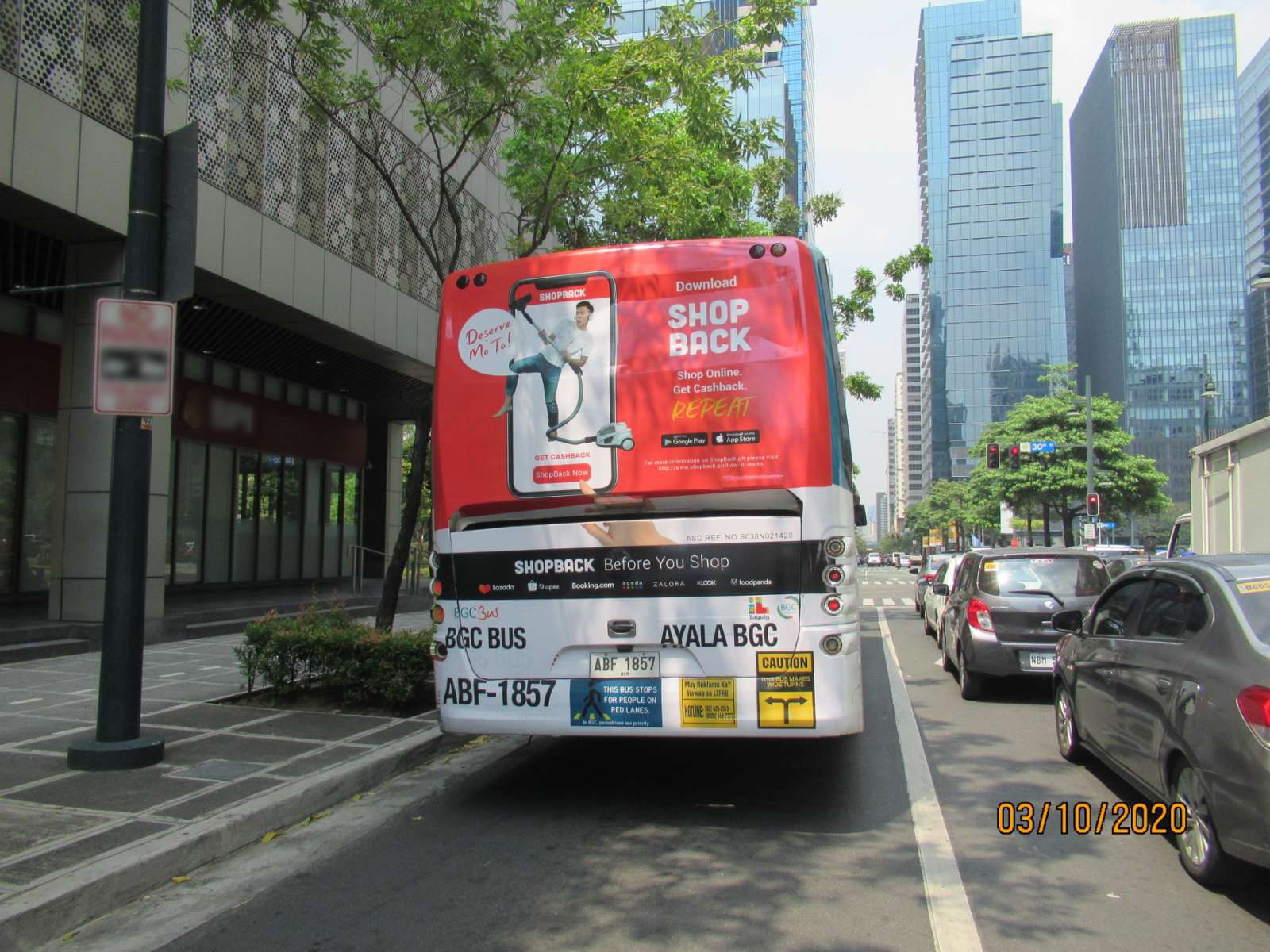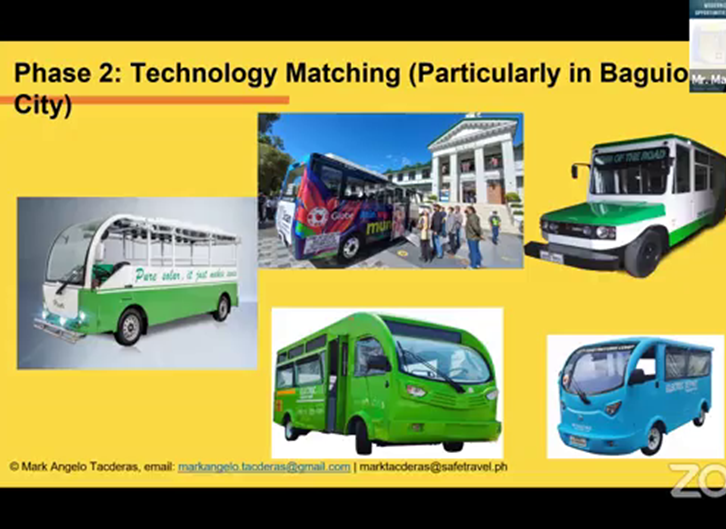Take Full Advantage Of Direct Exposure with Transit Advertising Philippines
Exactly How Transportation Advertising And Marketing Can Transform Mass Transit Spaces Into Dynamic Marketing Platforms
Transportation advertising and marketing holds significant capacity to redefine public transportation spaces right into lively advertising systems that inform and involve. As we check out the diverse benefits and evolving approaches of transportation advertising, it elevates the inquiry of how this improvement can redefine our communications with both brand names and the city atmosphere.
Advantages of Transportation Advertising

Additionally, transportation marketing is very economical contrasted to conventional media. It enables advertisers to attain high impacts at lower prices, taking full advantage of return on investment. The captive audience of commuters gives an opportunity for brands to convey their messages to people who are often responsive during their traveling times.
In addition, the dynamic nature of transit advertising and marketing allows projects to be updated often, making certain that messaging continues to be pertinent and prompt. This versatility can be vital in reacting to market patterns or marketing events, keeping the brand name top-of-mind for consumers. Last but not least, the pervasive visibility of transit marketing adds to brand recall; repeated direct exposure within familiar traveling contexts strengthens brand name recognition and promotes customer loyalty, inevitably enhancing and driving sales brand track record.
Kinds Of Transit Marketing
Mass transit systems supply different layouts for advertising, each providing to various advertising methods and target market interaction approaches. One prominent type is external bus and train covers, which cover the entire vehicle and develop a mobile signboard effect, enabling high presence in urban atmospheres. These covers can capture interest as they traverse hectic roads, getting to a diverse target market.
One more prominent layout is interior advertising and marketing, which includes posters, electronic displays, and ads on transit seats. These placements engage passengers during their journey, strengthening brand name messaging in a restricted space. Digital presents, specifically, supply the benefit of dynamic web content, making it possible for advertisers to upgrade messages in real-time.
Station advertising and marketing is additionally significant, featuring posters, banners, and interactive booths within transportation stations. These advertisements take advantage of foot website traffic and can target details demographics based on place.
Lastly, advertising partnerships with transit authorities can result in unique projects, such as themed transit experiences or events, improving the overall involvement with commuters. Each kind of transportation advertising provides distinct benefits, enabling brand names to tailor their approach to efficiently reach their target market within the public transport ecological community.
Engaging Commuters Successfully
Commuters are significantly flooded with advertising and marketing messages during their daily journeys, making it vital for brands to involve them in cutting-edge ways. To record focus in this crowded area, marketers should focus on creative thinking and significance. Using attractive visuals and concise messaging can significantly improve the probability of interaction.
Interactive aspects, such as QR codes or enhanced truth features, can also change static advertisements into immersive experiences, cultivating a deeper link with the audience. Brands must concentrate on dealing with commuters' rate of interests and demands, customizing messages to resonate with their lifestyle, whether through promotions for local businesses or solutions made to boost their commuting experience.
Moreover, timing plays a critical role; purposefully placing ads during optimal commuting hours can maximize visibility and impact. Engaging commuters effectively likewise includes leveraging social networks integration, allowing guests to share their promos or experiences directly from transit systems, thereby amplifying brand reach.
Basically, effective engagement rests on understanding the commuter trip and developing engaging, interactive, and relevant advertising experiences that not only catch focus yet also drive action and commitment. By doing so, brands can this content transform mass transit into a dynamic advertising system that resonates with its target market.

Measuring Advertising Influence
Just how can brand names accurately examine the performance of their ad campaign in transit atmospheres? Gauging the impact of transit advertising needs a complex strategy that incorporates qualitative and quantitative metrics. One widespread technique is tracking engagement via mobile analytics, where brands can evaluate foot traffic patterns and application communications in the past, during, and after projects.
Surveys can offer valuable insights right into brand name recall and customer sentiment, enabling brand names to gauge how well their messages resonate with commuters. Additionally, monitoring social media sites involvement pertaining to specific campaigns can disclose changes in public assumption and brand name conversation.

Moreover, collaborating with transportation agencies can enhance dimension precision, as they commonly possess thorough market information on ridership patterns. By integrating these techniques, brand names can establish a comprehensive understanding of their marketing effectiveness, making certain that their campaigns not just reach but additionally impact their target market effectively.
Future Fads in Transportation Marketing
A significant shift is expected in transit marketing as technical advancements and changing customer actions reshape the landscape. Transit Advertising Philippines. The combination of digital display screens and interactive media is anticipated to boost engagement, enabling brands to supply dynamic content that resonates with diverse target markets. As public transport systems accept clever modern technology, advertisers will certainly utilize real-time data analytics to customize messages based upon passenger demographics and actions
Additionally, boosted fact (AR) is poised to reinvent the method travelers communicate with ads. By giving immersive experiences, AR can change an ordinary trip right into an appealing narrative that catches attention and fosters brand name commitment. This development will likely urge advertisers to develop more experiential campaigns my review here that drive customer communication.
Sustainability is one more essential trend influencing transit advertising and marketing. As environmental consciousness grows, brand names will progressively look for to straighten with environmentally dig this friendly practices, utilizing lasting materials and advertising environment-friendly initiatives within their projects.
Verdict
In final thought, transportation advertising uses significant advantages by boosting brand exposure and involving a restricted audience. As trends progress, the possibility for ingenious interactions in between brand names and commuters is poised to expand, guaranteeing that transit advertising and marketing continues to be an important element of contemporary advertising and marketing techniques.
Transportation advertising holds significant potential to redefine public transportation areas into vibrant marketing systems that involve and inform. The pervasive visibility of transportation advertising adds to brand recall; repeated exposure within acquainted traveling contexts strengthens brand recognition and promotes customer loyalty, inevitably driving sales and enhancing brand name online reputation.
How can brands accurately analyze the efficiency of their advertising and marketing campaigns in transit atmospheres?In verdict, transportation advertising offers significant benefits by enhancing brand exposure and involving a captive target market. Transit Advertising Philippines. As trends progress, the capacity for innovative communications in between brand names and travelers is poised to expand, ensuring that transit marketing remains a crucial part of modern marketing methods